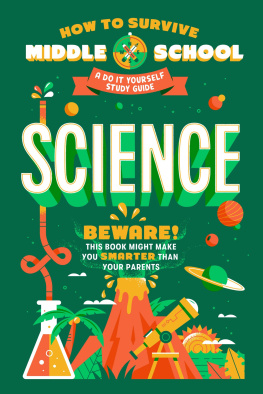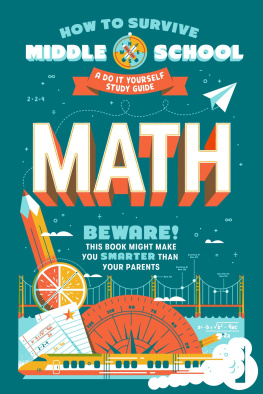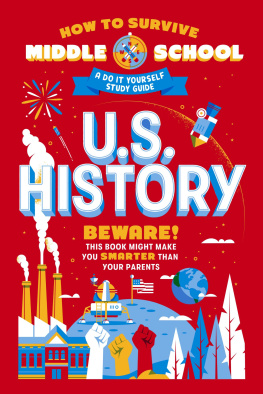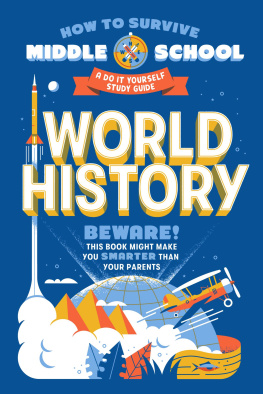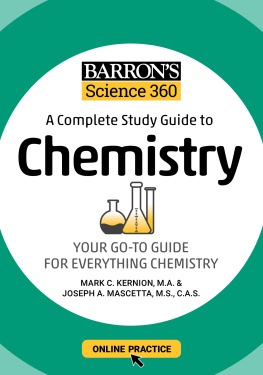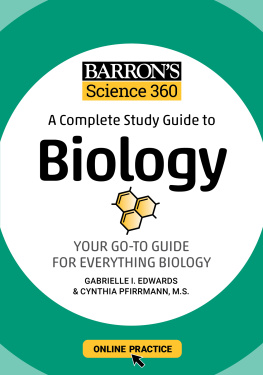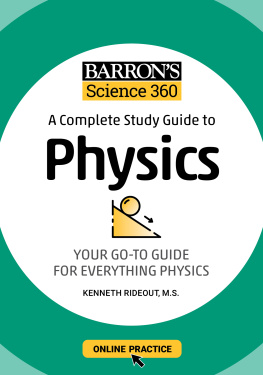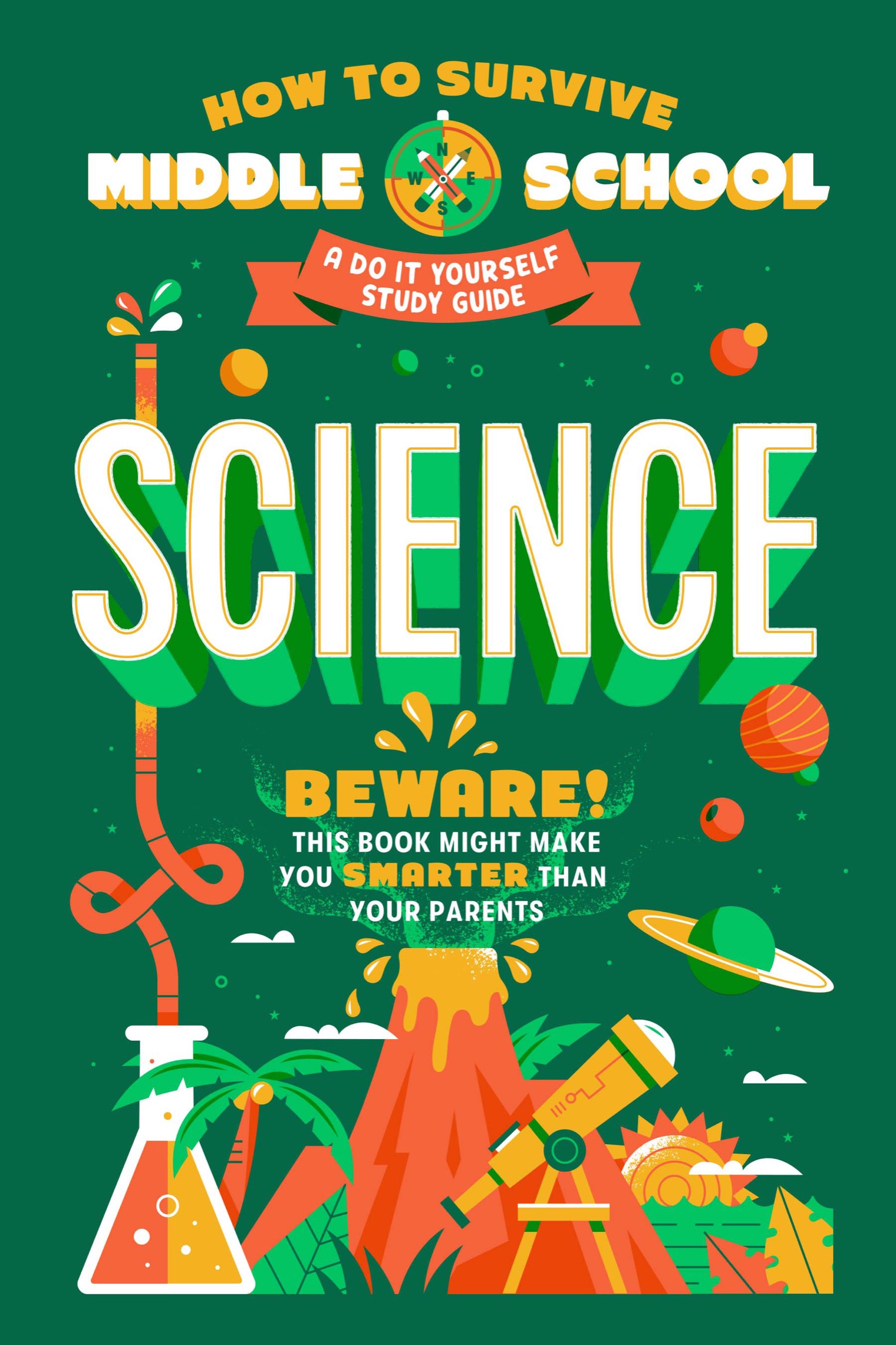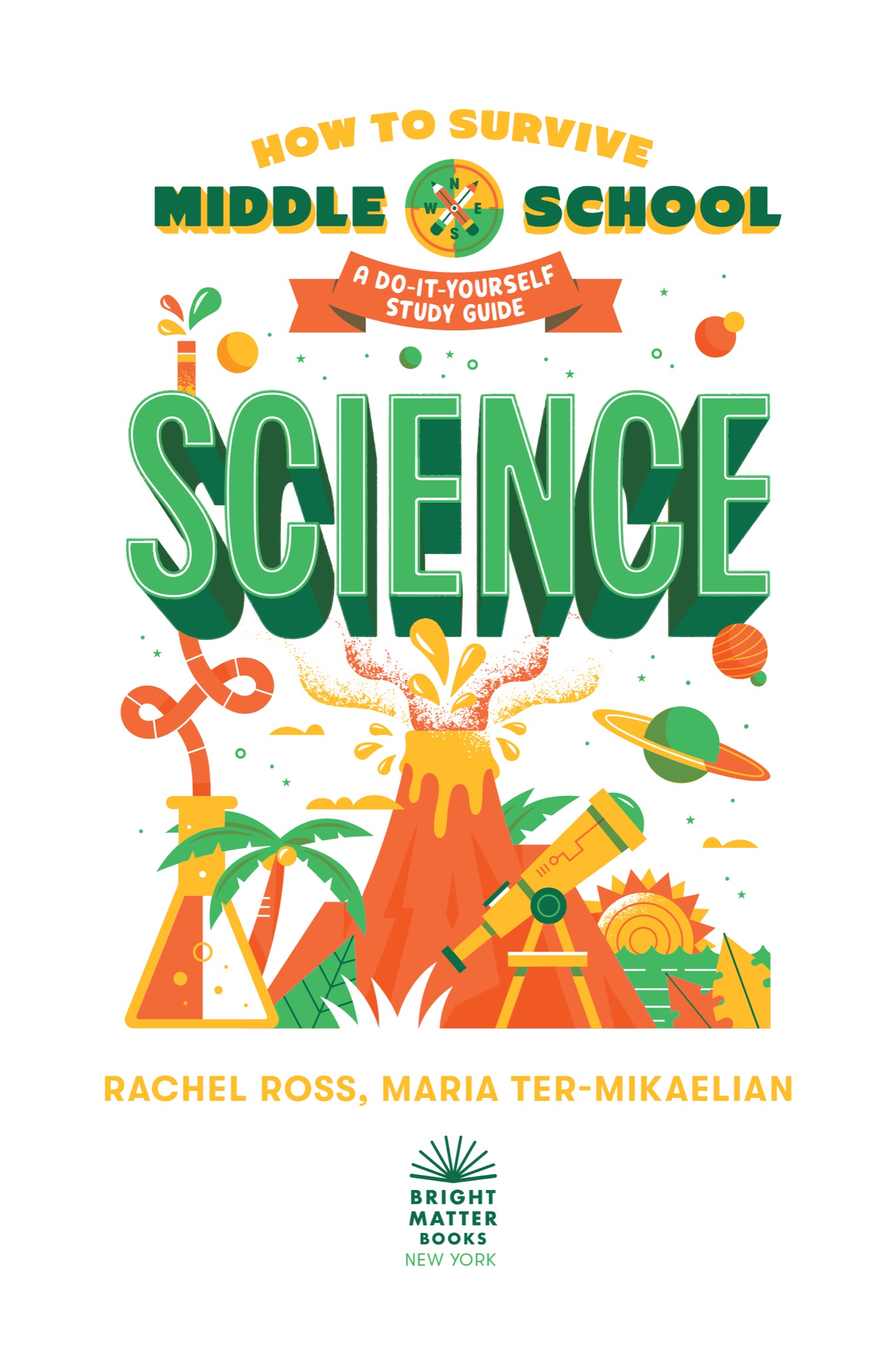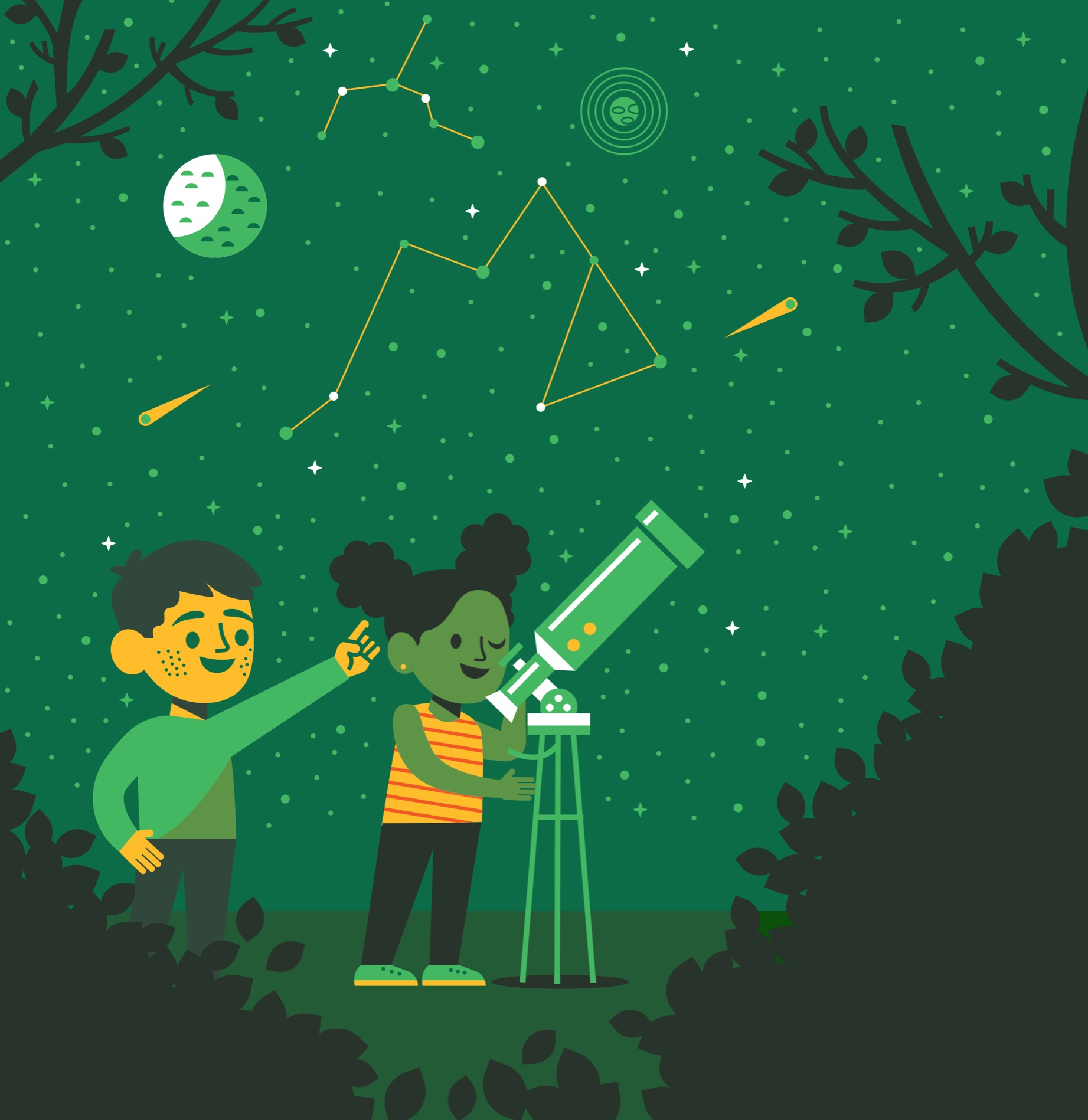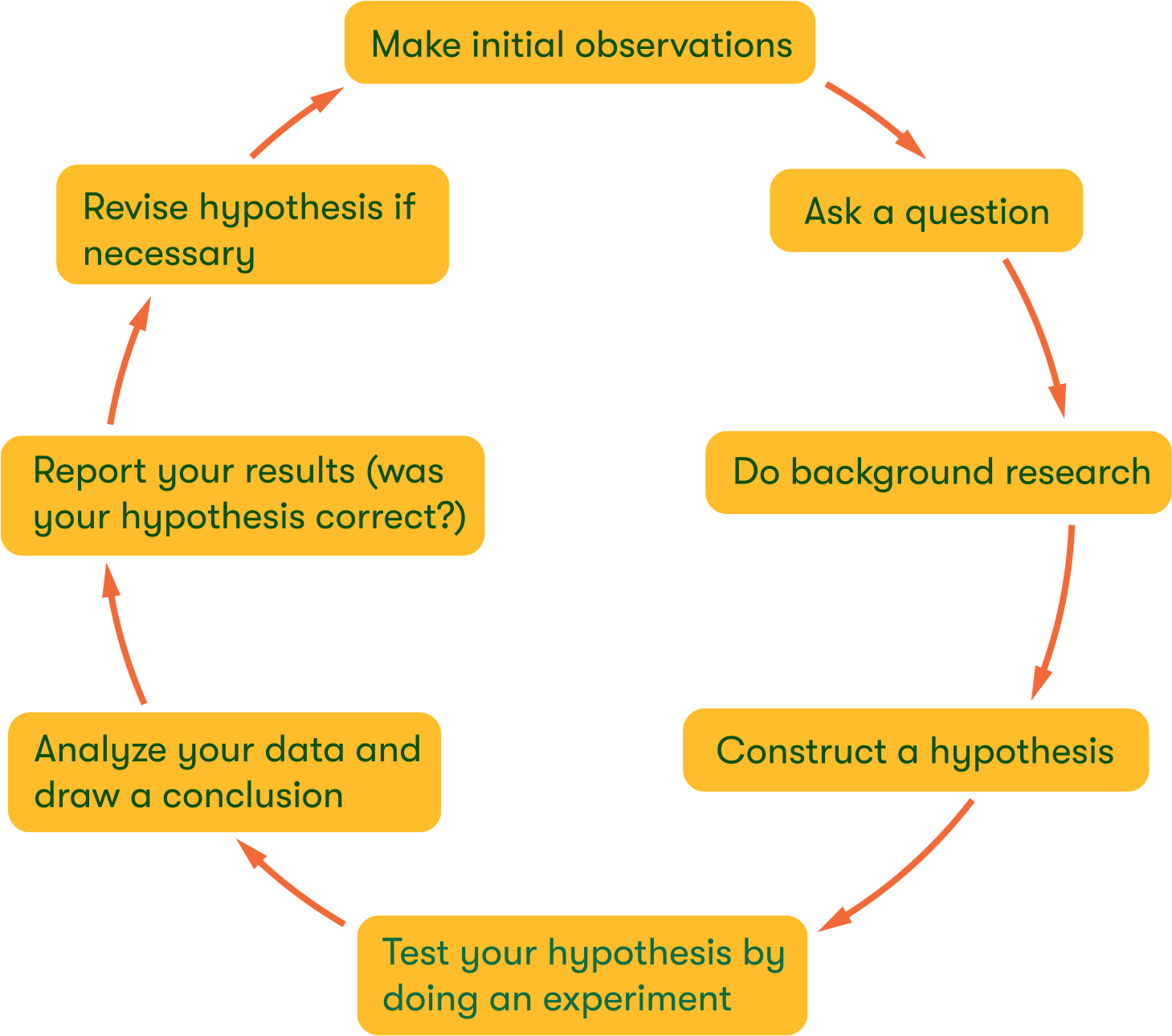Contents
Landmarks
Print Page List
Text copyright 2022 by Penguin Random House LLC
Cover art and interior illustrations copyright 2022 by Carpenter Collective, LLC
All rights reserved. Published in the United States by Bright Matter Books, an imprint of Random House Childrens Books, a division of Penguin Random House LLC, New York.
Bright Matter Books and the colophon are registered trademarks of Penguin Random House LLC.
See for text credits.
Visit us on the Web! rhcbooks.com
Educators and librarians, for a variety of teaching tools, visit us at RHTeachersLibrarians.com
Library of Congress Cataloging-in-Publication Data is available upon request.
Trade Paperback ISBN9780525571438
Ebook ISBN9780525571483
Random House Childrens Books supports the First Amendment and celebrates the right to read.
Penguin Random House LLC supports copyright. Copyright fuels creativity, encourages diverse voices, promotes free speech, and creates a vibrant culture. Thank you for buying an authorized edition of this book and for complying with copyright laws by not reproducing, scanning, or distributing any part in any form without permission. You are supporting writers and allowing Penguin Random House to publish books for every reader.
Writers: Rachel Ross, Maria Ter-Mikaelian, Ilse Ortabasi
Curriculum Consultant: Kimberly Coniglio
Sideshow Media Editorial and Production Team: Dan Tucker, Liz Dacey, Julia DeVarti
Penguin Random House Publishing Team: Tom Russell, Alison Stoltzfus, Brett Wright, Emily Harburg, Eugenia Lo, Katy Miller
Produced by Sideshow Media LLC
Illustration and Design by Carpenter Collective
a_prh_6.0_139878318_c0_r1
TABLE OF CONTENTS
A JOURNEY INTO SCIENCE
CHAPTER CONTENTS
Welcome to a wild adventure full of perils, daring feats, and amazing discoveries, also known as Middle School Science! On this journey, you will camp under the stars, hike up mountains, head to the beach, bike along scenic trails, visit different ecosystems, and even zipline through the forest!
THINKING LIKE A SCIENTIST
To make the most of this journey, you will need to adopt the mindset of a scientist. This means being curious and keeping an open mind. For example, if a topic seems familiar, dont assume you already know everything about it. And if you observe something new, dont jump to conclusions about what it means.
Observations are key to learning about the world around you. Scientists love jokes, so lets begin with one that illustrates how scientists make observations:
Three scientists were driving through an unfamiliar area. They noticed some sheep grazing in a pasture near the road. Oh, look, said the biologist, This region has black sheep! No, wait, said the physicist, We only know that this region has at least one black sheep. Now hold on, said the geologist, All we know for sure is that this region has at least one sheep thats black on at least one side.
What does this joke remind you to do? Or rather not doits important not to make assumptions about phenomena you notice in nature or in your experiments. Rather, you need to observe things carefully, using all of your senses and any measuring tools you might have. Be sure to note down just what you see without embellishing.
THE SCIENTIFIC METHOD
Anybody who asks why questions and wants to know how the world works can use the scientific methodno Einstein hairdo or lab coat required. For example, your initial observation (Hey, one of the sheep here looks black!) might lead you to wonder whether coat color makes any difference for sheep. Ta-da! Now youve got a scientific question .
What comes next? You guessed it: you formulate a hypothesis . This is like penciling in an answer to the question. Why pencil? Because your answer may or may not be correct, or it may be partially correct. With a pencil, you can erase bits and refine them as you test your answer. This is an important part of the scientific method, so dont just make something up. Instead, take an educated guess based on what you already know about the topic.
For example, you may already know that an animals coat color can help it blend in with its surroundings and hide from predators. Therefore, you might suspect that a black sheep among so many white ones would stand out and become an easy target. So, your hypothesis might be that black sheep get eaten by wolves more often than white sheep, making their coat color a disadvantage.
LOTS OF HYPOTHESES
Keep in mind that there is no single correct hypothesis: different scientists may come up with many different hypotheses from the same observation. For example, someone else might hypothesize that the black sheeps color absorbs sunlight and helps keep it warm, so that they actually survive the winter better than white sheep. As long as there is some logic behind a hypothesis, its never incorrect. To be scientists, you have to let go of trying to be right the first time and embrace trial and error. Thats a relief, isnt it?
Now that youve got a hypothesis, you are ready to conduct an experiment . A well-designed experiment should produce results that help you determine whether your hypothesis is correct or incorrect. Take your first hypothesis that black sheep get caught by wolves more easily than white sheep. How can you test that?
Pretend that you have a few flocks of sheep. One experiment could be to observe a flock from a distance over several months and count how many sheep of each color got caught by wolves. In another experiment, you could split the flocks up and put them into different environments. You could observe if the different environments change how many sheep of each color get caught by wolves. There are many other creative experiments you can probably think up.
Your experiment should produce some results or data . These results might be qualitative, which means descriptions without numbers. For example, noting which environment may allow fewer sheep to be caught by wolves would be a qualitative result. Results can also be quantitative, in other words, involving numbers or measurements. Counting how many sheep of each color were caught by wolves over three months would be a quantitative result. Some experiments can produce both qualitative and quantitative results, while others yield only one of these types of data.
Analyzing your results should allow you to conclude whether your hypothesis was correct or not. If it turns out to be incorrect, do you hang up your imaginary lab coats and go home? Not a chance! This is where trial and error comes in. Remember, you wrote your hypothesis in pencil. You can tweak it as many times as you need, or even erase it completely and write a new one. When your experiment gives you

